Fujifilm X-A1 review
The Fujifilm X-A1 is Fuji's baby interchangeable lens camera


-
+
Smaller than a semi pro DSLR
-
+
Solid build
-
+
Great retro film filters
-
-
No eye-level viewfinder
-
-
No touch screen
-
-
Too big to fit in pocket
Why you can trust T3


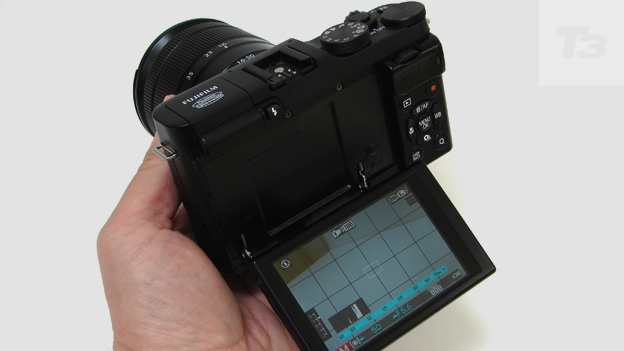
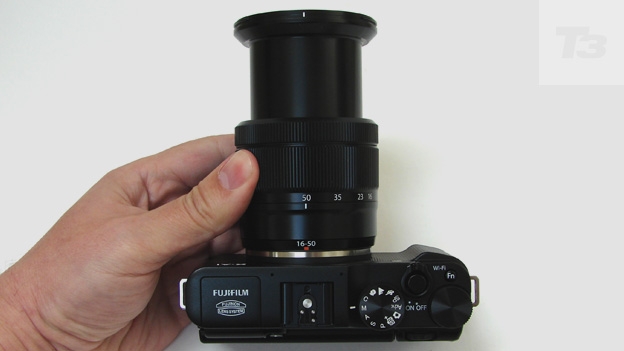
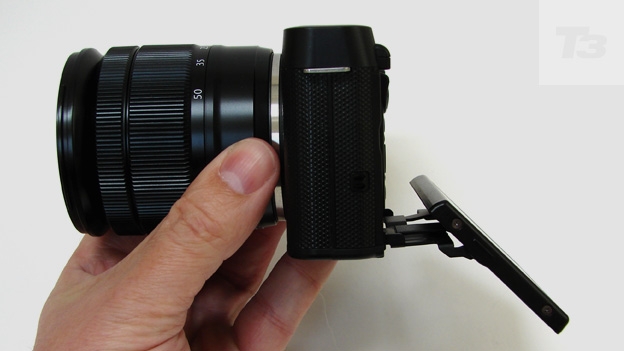
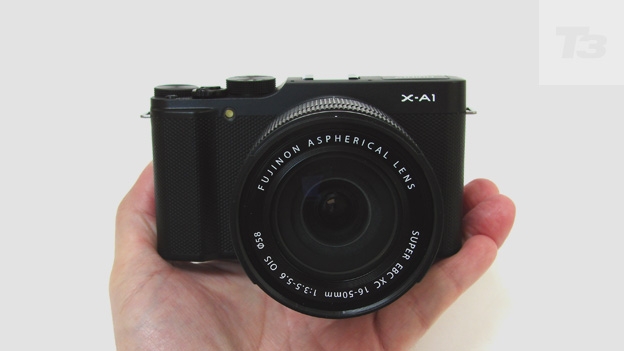
Is the entry level model in Fuji's acclaimed X range as good as its higher priced siblings? Find out in our Fujifilm X-A1 review
The Fujifilm X-A1 is for those enticed by the idea of a retro styled interchangeable lens camera with a DSLR-sized APS-C sensor and a solid-feel construction, but without the high price tags of the premium Fujifilm X-T1 or Fujifilm X-E2.
Headline specification of 16.3 effective megapixels along with 1920x1080 pixels video and JPEG and Raw capture options is nothing to sniff at, despite the inexpensive £359 being asked. This includes a jack-of-all-trades 16-50mm zoom lens to get us started out of the box.
Since this is a standalone system, older or other rivals' lenses aren't compatible unless you invest in a third-party adapter, but Fuji's own new XF range of lenses is growing rapidly.
With lens attached the X-A1 is too big to fit in the average pocket, but somehow that is reassuring. When a camera looks this good we'd be crazy to hide it away. Besides, the compact dimensions make it perfect for those spur-of-the-moment street photography applications, so you'll want to keep it to hand.
As with any compact system camera, there are plenty of rivals vying for your pennies. Chief among them with regard to the X-A1 is the Panasonic Lumix GM1, while the Sony A5000, the Samsung NX Mini and the Olympus Pen E-P5 are obvious competitors. Given this, does the X-A1 offer enough to grab our attention?
Fujifilm X-A1: Controls
While there isn't much of a handgrip on the X-A1, the roughened and rubberised surface that covers the camera's faceplate prevented our fingers from sliding about. This also made it possible to raise the camera up in one hand for high angle shots without it either feeling uncomfortable, or that the X-A1 would slip from our grasp.
The X-A1's control layout resembles a pared-down version of the higher-end X-E2 model, while being manageably lighter and more compact overall.
As with the X-E2, we get two rangefinder camera-like wheels flanking the raised shutter release button, itself ergonomically encircled by an on/off switch.
Familiar here is a reassuringly stiff-to-the-touch shooting mode dial that, although it houses 12 options - including full manual control alongside the fully automatic scene optimised modes and even a custom setting - doesn't feel over crowded.
Further command dials poking out of the top of the backplate, operated by the forefinger, and one nestling right next to the edge of the top plate, thereby enabling it to be given a quick spin by the thumb, add to a sense of ease of use and intuitiveness, while ensuring that the functions we wanted were literally 'to hand'.
What the X-A1 also has in its favour for a 'budget' model is a pop-up flash neatly sunk into the top plate, plus a vacant hotshoe for attaching accessories. This is clearly a camera that wants to play with the big boys, and as a result Fuji hasn't hampered it with compromises.
Fujifilm X-A1: Screen
The X-A1 comes with the benefit of a large 3-inch LCD screen with respectable 920,000k-dot resolution, enabling us to ascertain whether the image is properly sharp or not.
Plus, in the absence of an eye-level viewfinder there is a monitor that can be pulled outwards from the body and angled up or tilted down.
OK, it isn't a touch screen, which may have offered best of both worlds operation, but then there are sufficient physical controls on this model that such an addition would have felt more like icing on the cake than an essential ingredient.
Fujifilm X-A1: Battery
A performance of 350 shots from a full charge of its supplied lithium-ion battery ensures the X-A1's showing in terms of power is an exact match for the range-topping X-T1 model. That's also better than average for any compact system camera, at the same time. Indeed, the more we play with the X-A1 the more we marvel at its good value. This is truly an X series camera for the mass market that no true photo enthusiast would be ashamed to be seen with either.
Fujifilm X-A1: Picture quality
Supplied with a 16-50mm zoom, the X-A1 is ready for most tasks straight out of the box, unless you really do need more of a telephoto reach for close ups from afar.
Image quality is excellent in terms of colour fidelity and detail, but naturally since the vast majority of digital cameras with a large enough sensor take excellent pictures unless we're talking really challenging lighting, here we're looking for a unique selling point.
As this is a Fuji model we find it on the X-A1 in the form of a number of film simulation modes, which mimic the effects of shooting on Fuji film stock of old. With 'Provia' being the camera's standard default colour setting out of the box for the most neutral life-like results, the other alternatives are Astia for soft focus portraits and our favourite of 'Velvia'.
The latter has been long favoured by landscape photographers for producing colours with punch - lifting the primary colours of red, green and blue.
A twist of the shooting mode dial to the Advanced setting, meanwhile, and there is also access provided to eight filter effects, including the usual miniature scene and toy camera options; always worth trying on a dull day for added visual pep.
In terms of video, Fuji has thoughtfully provided a dedicated record button on the backplate, which falls just under the thumb rest for instant filming.
Adjust the framing of the shot or the focal length when recording has begun and the X-A1's focus automatically adjusts, though more contrasty scenes can find it drifting in and out of focus until it definitively locks on target.
If this is the case, there is naturally the opportunity to focus manually instead; just switch to manual in the menu settings.
Fujifilm X-A1: Verdict
A premium-feeling 16 megapixel APS-C sensor incorporating interchangeable lens model with retro styling, it's rare that we give a camera full marks.
Yet with its winning combination of price, build and performance ensuring that we couldn't ask a great deal more of it, the X-A1 feels deserving of that accolade.
OK, so we don't get an eye-level viewfinder, which may be a deal breaker for some, but if you have the cash and the inclination there are models further up the range such as the X-E2 and X-T1 that do. The Fujifilm X-A1 is, unassumingly, something of a classic.
Fujifilm X-A1 release date: Out now
Fujifilm X-A1 price: £359
Sign up to the T3 newsletter for smarter living straight to your inbox
Get all the latest news, reviews, deals and buying guides on gorgeous tech, home and active products from the T3 experts
Gavin Stoker has been writing about photography and technology for the past 20 years. He currently edits the trade magazine British Photographic Industry News - BPI News for short - which is a member of TIPA, the international Technical Imaging Press Association.
-
 Three exercises to 'life-proof' your shoulders, according to a mobility expert
Three exercises to 'life-proof' your shoulders, according to a mobility expertHealthy shoulders mean better movement, more strength and less injury
By Bryony Firth-Bernard Published
-
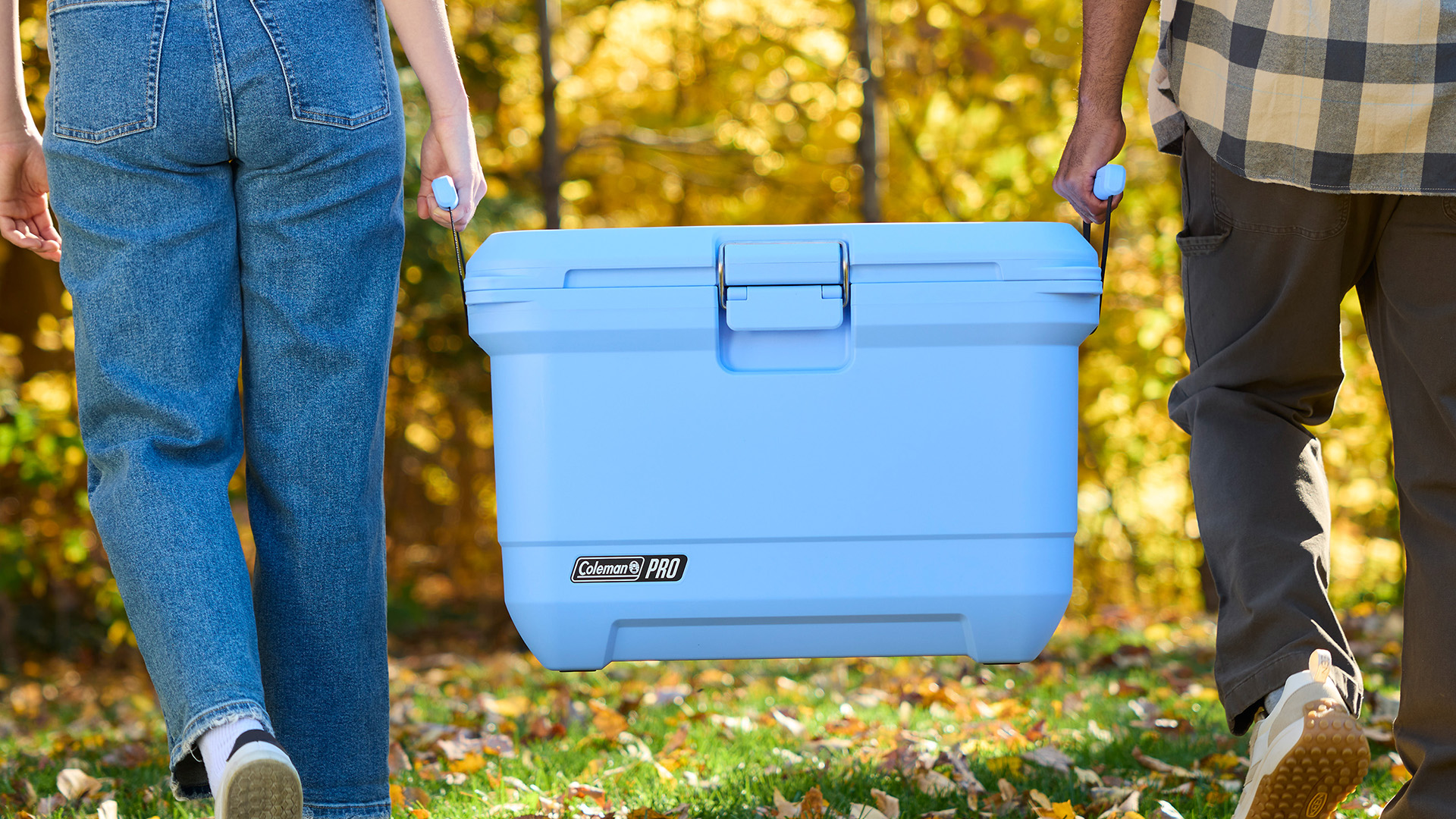 Coleman takes on YETI with lighter, tougher and cheaper Pro Cooler range
Coleman takes on YETI with lighter, tougher and cheaper Pro Cooler rangeMove over, YETI – there’s a new cooler in town, and it's not here to play nice
By Matt Kollat Published
-
 In the future, you might never have to take off your Galaxy Ring to charge it
In the future, you might never have to take off your Galaxy Ring to charge itA newly uncovered patent reveals Samsung is working on a wearable charger for its Galaxy Ring, and it makes a lot of sense
By Matt Kollat Published